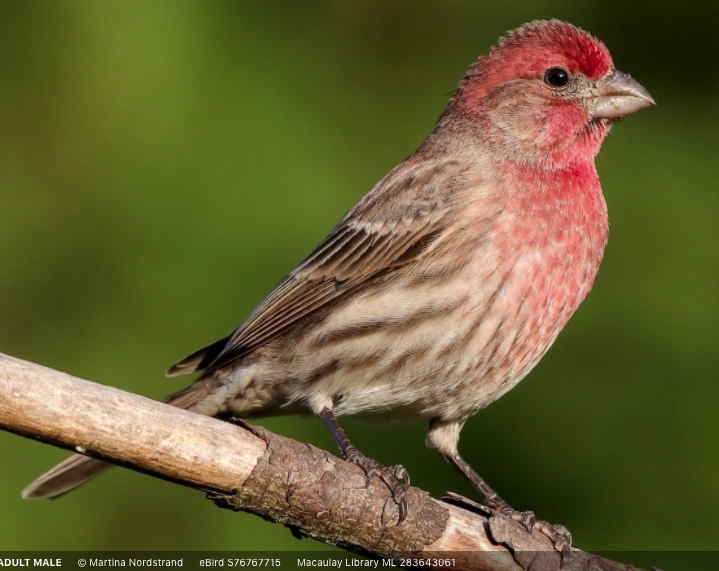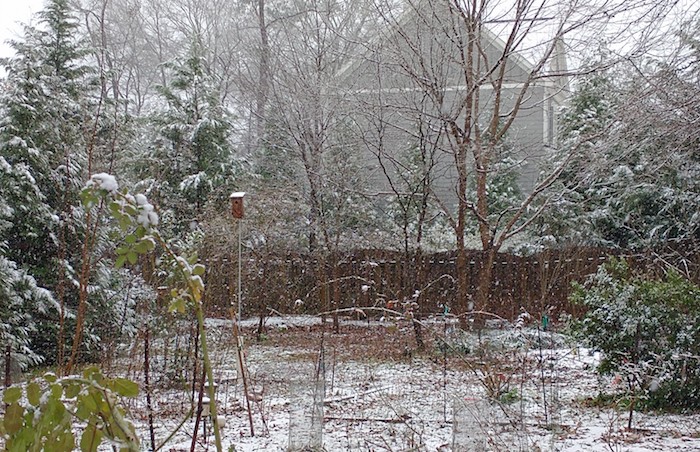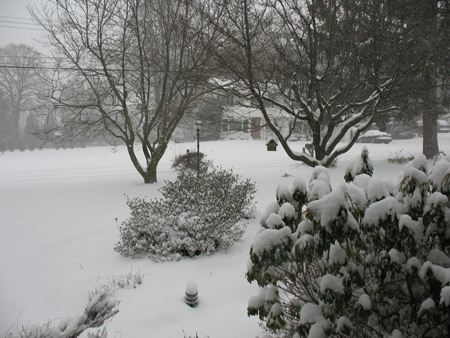Another lap regimen interruption due to Omicron’s stealthy and seemingly omnipotent infectiousness. Someone said ‘even a whiff of breath’ while passing by could transmit the disease. For most, it’s rumored to be like a mild flu. But for anyone who endures “nasty head colds” that invariably result in intransigent and chronic bronchial infections, I say no thanks. I’ve hunkered down for the third time in going on three years to wait it out. So far my 2-3 mile walks around the elementary school track a block away have been relatively solitary. If and when kids, dogs and neighbors show up, I move on. Walking through my historic yet developing neighborhood is always interesting, and the hills provide a good workout.
One of the past week’s brisk walks was in windy 35F degree weather, mostly around the school track, with a jaunt through the ongoing subdivision development. That was on a friday, by Sunday morning we had a dusting of wet snow that threatened to shut down the entire state.
Nothing like the 2-3ft snowstorms I regularly experienced while living in West Chester, PA or South Bend, IN. My now 21 year old LL Bean ‘duck’ boots are mostly relegated to garden work here in metro Atlanta, but one winter they were broken in during a heavy snowfall on a chilly walk to work in South Bend.

When I lived in Nova Scotia and Toronto during my twenties, I saw storms that entered the realm of tall tales; the +8ft drifts so high we had to jump out the second story window to dig out the drift piled against the front door. Or when we had to tie ropes around ourselves to walk to the barn to feed the chickens in blizzards – or to the outhouse… That was the same winter that the Volvo wouldn’t start for 3 weeks even though the battery had been plugged into an outlet to stay charged. A pal who lived miles away had to drive out in his 1950 army surplus 4×4 Willys jeep to jump us. The same winter that the cast iron stove cracked from the -50F temps at night when it hadn’t been stoked in over a couple of hours. Ours wasn’t the only wood burning stove that cracked that winter, when the temperature didn’t rise above 0F for over three weeks. The circa 1930 house had no hot running water, spring fed gravity run water was heated in a special compartment in the woodstove. Baths? Picture a dustbowl documentary with families taking baths in galvanized tubs, water heated by the kitchen’s woodstove.
Toronto saw its share of big snows back then, I can remember the downtown financial center blanketed in four to five foot drifts. Commuters switched to mass transit, which was easy; bus and subway lines plentiful even in 1973.
However, a short-lived winter in the South in a house with a new furnace is no comparison to a hay bale banked farmhouse in 1970s Nova Scotia. Even with a pandemic circulating, the perks of civilized urban life are gratifying.
Breaking away from the weather, the last two years have been full of study; plants, fungi and trees, insects. In the silence afforded by our various semi lockdowns, I’ve moved closer to the earth, paid more attention to small movements and sounds. Books on nature have helped inform, so have master gardeners who have been working with native plants far longer than I – who can identify a specific weed or flower in an instant.
And when it comes to songbirds, I know the ones common to Georgia or birds that migrate through on a yearly basis. I installed a bluebird house years ago, and because up to 44% of Eastern Bluebird males return to the same house/nesting area, the ones I’m currently seeing may be the same couple or relatives. They can live from 6-10 years. Last spring I had three clutches in the house, which was a first. A rose-breasted House Finch, Carpodacus mexicanus, is still a lovely novelty in my yard. I never feed birds past early spring, but they get treated to suet and seed during winter and if a friend gifts me with a bag of mealy worms, the bluebirds are happy.





